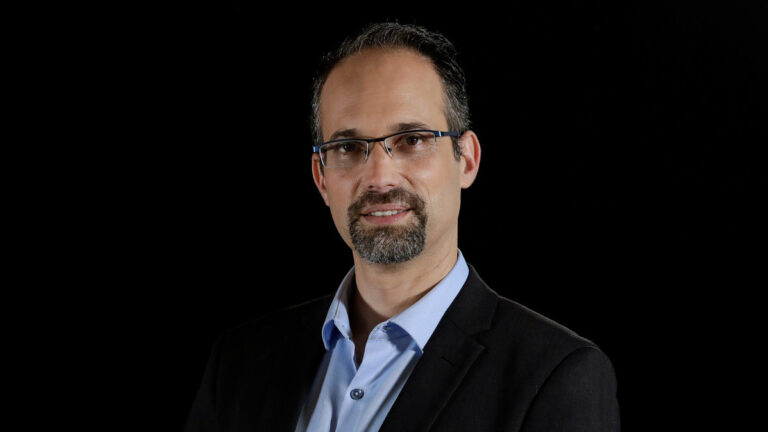Today, many countries are moving to the complex task of implementing national digital health strategies, and effective leadership and cooperation approaches are needed to coordinate the often fragmented ecosystem of digital health solutions and programs, states a report from the Broadband Commission for Sustainable Development’s Working Group on Digital Health.
The report – ‘Digital Health: A call for Government Leadership and Cooperation between ICT and Health‘ – provides insights into the importance of government leadership, governance, and intragovernmental cooperation in digital health for government leaders and policy makers at the intersection of the health and ICT sectors.
The Broadband Commission Working Group on Digital Health (Working Group) is co-chaired by the Novartis Foundation and Nokia and is composed of leading digital health experts from governments, international and non-governmental organizations (NGOs), academic institutions and the private sector.
Key recommendations
Key recommendations in the study include the importance of senior government leadership with committed financing, effective governance mechanisms with defined roles, and a national ICT framework to facilitate alignment between the ICT and health care sectors.
However, the report also shows there are important challenges remain in making digital health a reality, including fragmentation in digital health solutions, risks to funding continuity and capital expenditure, workforce capacity constraints and effective collaboration across the health and ICT sectors. The report draws on the experience of countries in a variety of geographic and resource settings and builds on existing digital health literature by shedding light on leadership approaches and on governance mechanisms for engaging health and ICT stakeholders.
It also documents the results of the exploration with a view to providing practical guidance on leadership, governance and intragovernmental cooperation to leaders in health and ICT who wish to adopt a digital health strategy. The work conducted in consultation with the Working Group produced eight case studies of countries that have achieved success in developing and implementing digital health strategies.
Better health underpins SDG’s
Improved health and well-being underpin a number of the Sustainable Development Goals (SDGs) as
well as the obvious, health-related goal of Universal Health Coverage (UHC), SDG3, which aims to ‘ensure healthy lives and promote well-being for all at all ages’, Houlin Zhao, Secretary-General of the International Telecommunication Union (ITU), writes in a foreword.
Broadband represents a powerful means to accelerate progress toward the attainment of the SDGs. We need to look at innovative cross-sectoral strategies that can leverage the power of high-speed networks to improve education, healthcare and the delivery of basic social services to everyone, especially the poorest people who need healthcare most urgently. Without significant improvements in people’s health and, equally, without information and communications technologies, we cannot achieve the SDGs.
Cross-sectoral collaboration is not easy. Players come from different backgrounds, with different approaches and priorities, and may understand different things on the basis of the same words or phrases.
“Nowhere is this truer than in digital health, where the needs are great, the investments are significant and lives are at risk. This report aims to set out the underlying framework for governance conditions which can improve the introduction of digital health and ensure that it goes as smoothly as possible,” Zhao concludes.
Billions in cost savings
As the WHO points out in its recent report ‘The third global survey on eHealth’, It has become increasingly clear that universal health coverage (UHC) cannot be achieved without the support of eHealth. As leaders confront the Sustainable Development Goals (SDGs) and the quest for UHC, digital health has an evident potential to facilitate the achievement of these goals.
Mobility and new technology has the potential for billions worth in healtcare savings, the Broadband Commission report shows. Mobile devices and (health) apps can reach even the most remote areas and bring healthcare in ways never possible before.
Mobile connections globally now stand at 7.6 billion, mobile broadband penetration has risen sharply in the last ten years . Smartphone penetration is already at 48%, and predictions are that there will be 5.6 billion smartphones by 2020, with 90% of users in low- and middle-income countries (LMICs).
The number of mobile health (mHealth) products and services has doubled in the past five years in LMICs,and there are now over 165,000 mobile applications for health services. More recent advances in technology in domains such as network speed and efficiency, cloud computing, device connectivity and data analytics are accelerating the conversations and dynamics around the promise of digital health.
Impact ICTs on expenditures
Clinical evidence that ICT’s have an impact on health outcomes is only starting to surface but is eagerly awaited by many members of the ICT and health communities. The impact of ICTs on expenditures, however, is starting to emerge. Canada, for example, measured the cost savingsgenerated by its digital health investments and reported an aggregate saving of CAN$16 billion since 2007.
A myriad of studies have forecasted the cost savings that digital health might generate, such as a 2013 GSMA study which estimated that mHealth technology could result in a US$400 billion cost
savings over a five-year period in high-income countries.




































